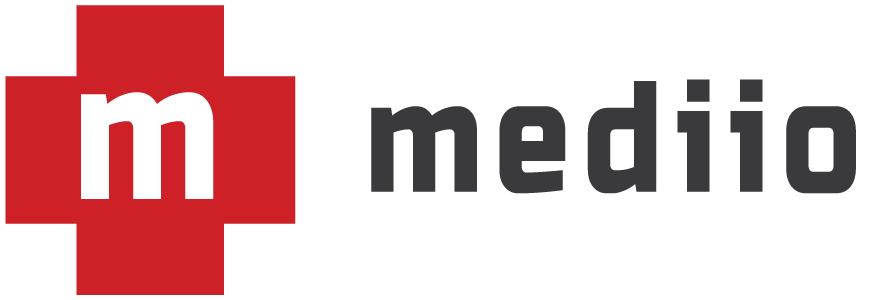Four is the number of times a resident documents something typically. They write it down or type it…
- On their rounding sheet in the morning
- When entering orders into the EMR during rounds
- In their daily note for the patient
- On the handoff sheet
At a minimum, things must be entered twice—once for the order and another time in the note. Super-residents may be able to get by without writing stuff down in the morning for pre-rounding and be able to verbally communicate the handoff (though some evidence exists in support of written hand-offs).
There is also a hidden fifth time for documentation—patient/procedure logging. We very often forget about this and discount it, but documentation for ACGME requirements is a part of residents’ lives.
This really is the crux of senior physicians’ argument against electronic medical records. With a paper chart, one note is written during rounds and it served as a note, orders, and handoff…oh, wait, they didn’t have many handoffs. This freed up time to go see patients again throughout the day, participate in educational activities, and concentrate on admissions.
There is absolutely no reason why electronic medical records can’t solve this problem. It is only a question of will and design. Current systems are designed for the people who pay (i.e.—Medicaid/Medicare and insurers) not actual users like physicians and nurses. The resident work hour problem will not get better without solving the documentation problem.
